Contrasting Approaches to Agriculture:
Where Do We Devote Our Creative Energy?
There are few things more satisfying than solving a particularly difficult problem, but how do we decide which problems to tackle and which to leave untouched? Where do we decide to expend our resources and devote our creative brainpower? After our tour Tuesday morning of the ARI campus, these were just a few of the questions that were left swirling in my mind.
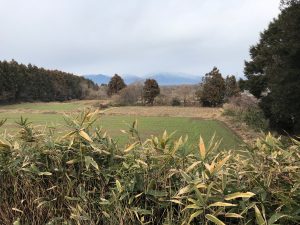
On Tuesday, January 8, we were treated to an educational and engaging tour of the farm by ARI’s educational and associate director Osamu-san. He began our morning class by first instructing us on the concept of ecosystems, placing special emphasis on the principle of balance. We discussed various food chains and how nature, when left to its own devices, has its own forms of checks and balances. It is composed of systems that operate together. Producers, consumers, minerals, decomposers, and organic matter all interact in a complex manner that ultimately supports life. Following this short lecture, Osamu-san proceeded to lead us on a tour of the farm that turned out to be a showcase of creative ingenuity and problem solving. The tour started off in full force with a demonstration of how ARI burns rice bran by using a special method to reduce it to charcoal suitable for fertilizing. By piling the bran around and covering a burner, oxygen exposure is limited, thus allowing the bran to change into charcoal instead of simple ash. The demonstration was expanded upon with instruction on how the method could be modified for corn husks, and how the liquid smoke generated by burning the rice bran could be collected for further use as a natural pesticide. The rest of the morning’s instruction followed in a similar vein, with Osamu-san explaining everything from crop rotation to prevent soil depletion and insect invasion, to how to make calcium fertilizers from egg shells and vinegar. Listening to him explain, it was impossible not to appreciate all of the thoughtful research, work, observation, and trial and error that had gone into ARI’s diverse aspects of organic farming. Realizing this, I couldn’t help but compare these many methods to all of the scientific research and resources that are devoted to the development of GMOs, chemical pesticides and fertilizers, mechanical irrigation and other methods of modifying agriculture.
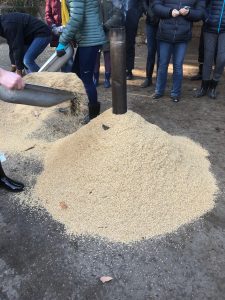

Faced with these two contrasting end-goals, one which embraces natural orders and one which attempts to improve nature through human means, we must consider, do we dedicate our creative juices towards seeking balance with nature? Or in trying to subdue or out-do it? Do we embrace the random energies of chance and change that govern the natural world? Or do we try and force nature into something that it is not in order to achieve greater predictability, security, and control? During our course, we have completed several readings that illustrate these different approaches, each of which can appear vastly different from the other on a surface level. On one hand, we can consider the Okōtsu diversion channel, an engineering feat of massive proportion and man-power that while initially disasterous, was finally redesigned with technical advances in 1920s and resulted in achieving its goal of effective drainage of the lower Shinano. The problem-solving approaches of the opposing side look quite different. For apple farmer Akinori Kimura, it may be composed of an entire morning reclining under an apple tree, and for organic farmer Masanobu Fukuoka it may inspire the principle of “do-nothing” farming. However, it would be a mistake to merely pass these men over as being lazy or lacking in creative drive. Kimora lies beneath his apple trees to study and hopefully eventually thwart the movements and activity of an inchworm that is consuming it. Likewise, Fukuoka’s “do-nothing” method, is not truly a method of doing nothing, but of paring and adapting agricultural techniques seeking the natural balance. The ultimate successes of both of these men did not come easily, and were the result of much reflection and failure before the end.
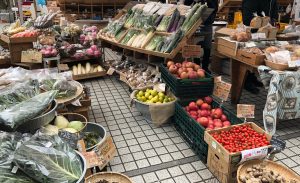
Because both of these schools of thought produce beneficial results of some form, it will be of great importance to look at the underlying philosophies that drive these approaches. Only when we are able to recognize and acknowledge the end goals that we are trying to achieve though each, can we be able to honestly and accountably devote our creative energies to agriculture. As Fukuoka rightly suggests, before we become researchers, we must become philosophers.
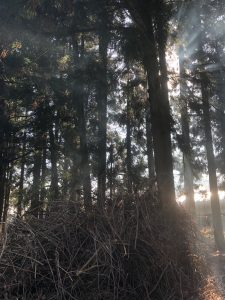
If Japanese pioneers of organic farming such as Fukuoka, Kimura, and the staff at ARI have come so far with such little mainstream support, is it not hopeful and encouraging to consider the prospects of a future where more brilliant minds and tenacious spirits turned to nature as the teacher, and were bold enough to fail, and brave enough to trust in nature’s checks and balances that support the cycles of life?
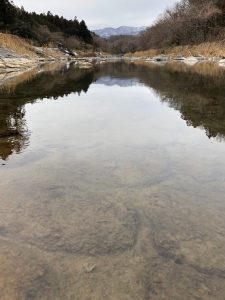
Recent Comments